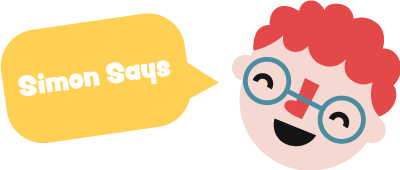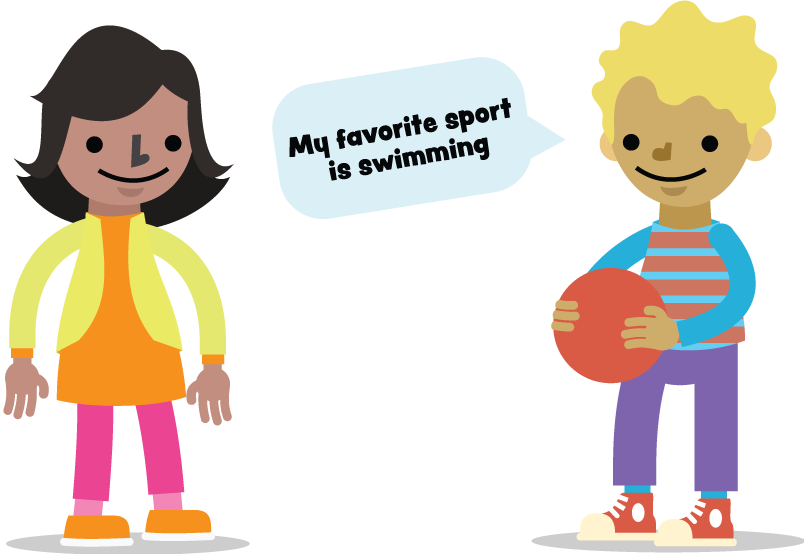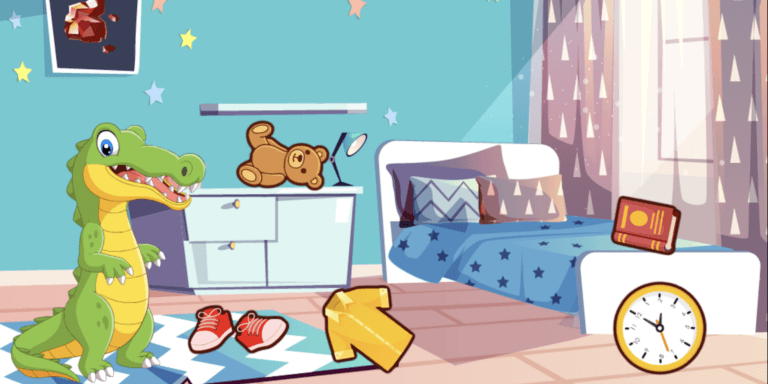Play these engaging active listening activities for kids with your small groups!
Active listening activities promote mindful thinking. They encourage thoughtful, attentive communication and connect students to the speaker through both verbal and non-verbal cues. But it’s a skill that needs to be practiced and honed, especially for younger students. Use these fun speaking and listening activities as a center during your next small group period to introduce or revisit this crucial skill.
Listening Activities for Elementary Students
1. Draw this
For younger students, or for students first being introduced to active listening, start with something hands-on and familiar, like drawing. For these active listening activities, either you or a student lead will list step-by-step instructions for an image.
For example, if you wanted your students to draw a house, the instructions could sound like this:
“Draw a large square in the center of your page”
“Then draw a small rectangle vertically on the bottom of the square.”
“Draw two small squares on either side of the rectangle.”
“Now draw a large triangle on top of the largest square.”
These instructions should guide students toward a completed image that isn’t recognizable until the final instructions. To help student leads, you can provide pre-written instructions for several images and allow them to choose from your selection. Students will then reveal their artwork to see if their drawings followed the given instructions.
Have students play this listening game first to practice.
2. Audio stories
If story time is a favorite activity in your class, your students will love this last center idea. Here, all you need to do is pick a read aloud story to play for your small group. Be careful not to let your students see the words. Once the story is finished playing aloud, have your students summarize what they heard in as much detail as possible. If time allows, replay the story so students can see if they were correct.
eSpark has several read-aloud stories that are perfect for this active listening activity. Here are a few to start:
My Pet Llamacorn Grade level: PK-K
Can We Make Smores Now Grade level: PK-1
Anisha Is Bored Grade level: PK-1
Squidges Day at the Doctor Grade level: 1
Azure Leads The Way Grade level: 2
Summer Drumming Grade level: 3
Game Night Grade level: 3
Swallowed Grade level: 5
3. Don’t speak twice
This activity is an exercise in restraint for some students because until everyone has spoken once, no one is allowed to speak a second time.
For this speaking and listening activity, you or a student will select a broad topic of choice, such as movies or animals. Then, students will take turns commenting on or asking a question about the topic. If a question is asked, no one is allowed to speak unless responding to the question until an answer has been given. This is repeated until every student has spoken at least twice for one to two minutes.
4. Simon says
This classic childhood game is perfect for practicing listening skills in small groups. To make this game into a center, you or a student lead will say a command then wait to see if the players responded correctly. To make this game slightly more challenging for older grades, have students take turns giving commands.
Typically, students who perform a command that didn’t begin with the phrase “Simon says” lose the game and must sit out; however, to keep all students engaged during the entire center, an alternative rule can be having that student miss their next turn to say a command.

5. Telephone
Another classic listening activity for kids is telephone. In this center, students will form a circle, then take turns creating a message that will be whispered to each student until it reaches the student who created the message. If the message at the end matches the message from the beginning, the group wins! The next student in the circle creates the next message and the game repeats.
This game works best with at least five students in the small group so there are enough students to pass the message to before it reaches the end. With smaller groups, it’s also best to require longer messages that are about eight to 10 words.
6. Popcorn storytelling
This game can be played one of two ways. The first way begins with a student reading a passage from a book or printed story. At the end of any sentence, the student may call on another student to pick up where they left off. Students will do this until the story is finished or until it’s time to move to the next center. This version works best for upper elementary students who are capable of reading long passages. Here’s a story you can use for this listening activity.
The second method offers students a bit more room for creativity because here they will construct their own story. One student begins the story in any setting with any character and provides as much or as little detail as desired. They will then select another student at random to continue the story. Students will continue to add to the story until it’s time to move to the next center. To give your students inspiration, have them read this story beforehand.
In both games, each student is required to speak at least twice.
7. My favorite toss
Not only does this game help students practice active listening – it also exercises their memory. In this center, everyone stands in a circle and one student is given a ball. The student holding the ball begins by choosing a topic, such as books or food, then shares their favorite item from that topic. That student then passes the ball to any other student who must first tell the favorite of everyone before them then add their own favorite.
For example, if the beginning student said their favorite sport was swimming, the next student would say, “Andrew’s favorite sport is swimming, and my favorite sport is basketball.” The following student would say, “Andrew’s favorite sport is swimming, Maria’s favorite sport is basketball, and my favorite sport is hockey.”
The game continues until every student tells a favorite and correctly lists the favorites before their own. If a student lists the previous favorites incorrectly, the other students must help them repeat the list correctly. Once the game is finished, the next student creates a new topic.

Play-based learning with a twist
eSpark is the only elementary curriculum resource that combines play-based learning with evidence-based direct instruction to create a personalized, differentiated learning experience for every student in math and reading. The interactive stories and poems shared above are just a small sampling of the many unique and fresh activities students will encounter on their Quests or teacher-assigned Small Group Skills. Click the button below to claim your free trial account and see for yourself why teachers everywhere are talking about how eSpark delivers engagement they can feel and results they can see.



